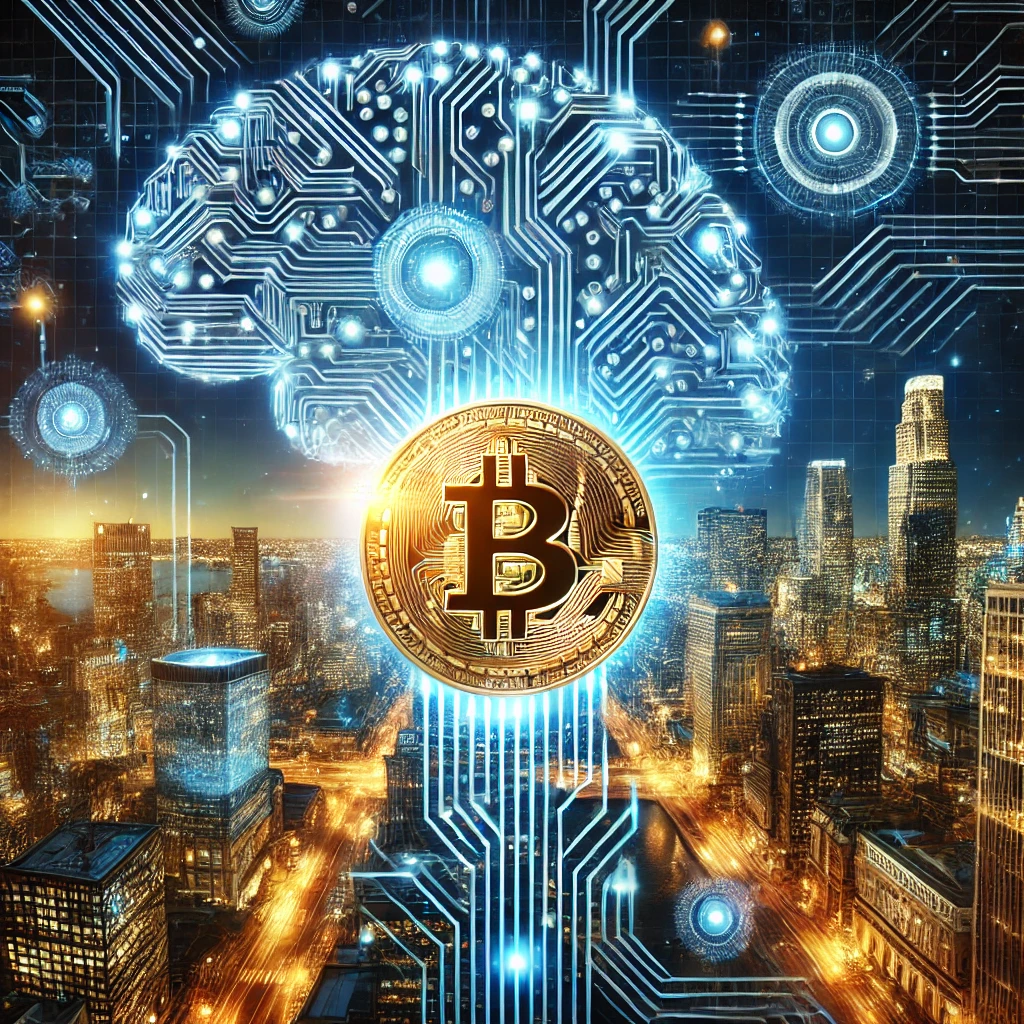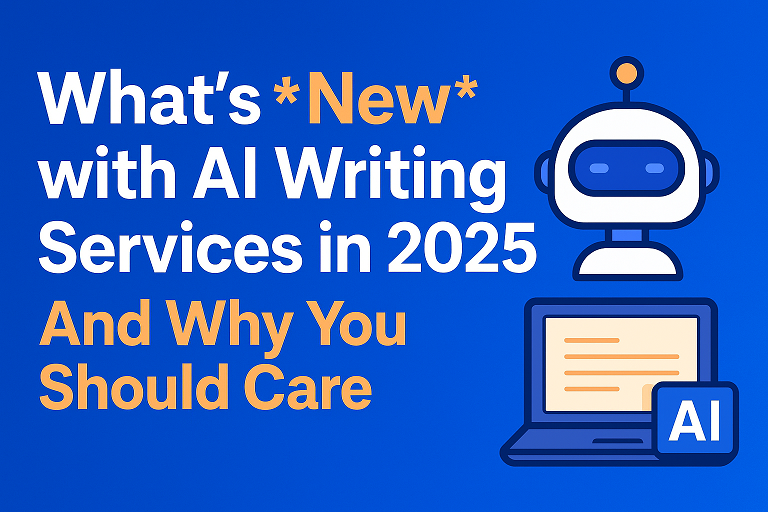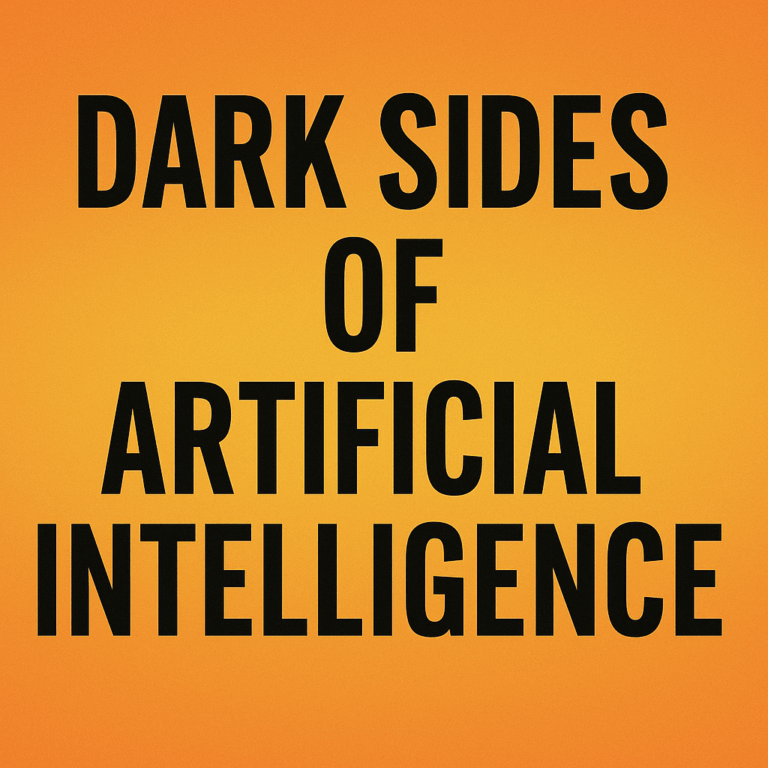Bitcoin and Artificial Intelligence in 2024: An Intersection of Revolutionary Technologies
In 2024, two of the most transformative technologies of the 21st century—Bitcoin and artificial intelligence (AI)—continue to shape and redefine industries, economies, and the way humans interact with technology. Each innovation alone holds immense disruptive potential, but the confluence of these technologies has opened up new avenues for progress. This article delves deep into their evolution, their synergy, and their implications in the modern world.
Part I: The Evolution of Bitcoin and AI
Bitcoin’s Journey to 2024
Bitcoin, introduced in 2009 by the pseudonymous Satoshi Nakamoto, was designed as a decentralized digital currency to operate without the need for intermediaries like banks. Over the years, Bitcoin has evolved from being dismissed as a niche experiment to becoming a global phenomenon, cemented as a store of value often compared to “digital gold.”
Key milestones in Bitcoin’s evolution include:
- Mainstream Adoption by Institutions:
By 2024, Bitcoin is a staple in the portfolios of institutional investors. Major companies use it for treasury management, and financial giants like BlackRock and Fidelity offer Bitcoin-related investment products. - Regulatory Developments:
Governments worldwide have crafted clearer regulatory frameworks. While some nations embrace Bitcoin as legal tender (e.g., El Salvador), others have implemented robust guidelines to regulate its use, ensuring consumer protection while fostering innovation. - Technological Enhancements:
The Bitcoin network has undergone upgrades to improve scalability and efficiency, with the Lightning Network enabling fast, low-cost transactions. This has facilitated broader use cases, from microtransactions to cross-border remittances.
AI’s Rapid Advancement
Artificial intelligence, initially rooted in rule-based systems, has grown exponentially, powered by advancements in machine learning, deep learning, and neural networks. By 2024, AI systems are integral to nearly every industry:
- Generative AI and Natural Language Processing (NLP):
Tools like OpenAI’s GPT models and others have become commonplace, powering virtual assistants, automating creative tasks, and revolutionizing human-computer interaction. - AI in Industry:
AI is used extensively in healthcare for drug discovery and diagnostics, in finance for fraud detection and algorithmic trading, and in manufacturing for automation and predictive maintenance. - Ethical and Regulatory Progress:
Governments and international organizations have developed ethical guidelines and policies to ensure AI systems are fair, transparent, and do not exacerbate societal inequalities.
Part II: Synergies Between Bitcoin and AI
While Bitcoin and AI originate from distinct domains, their intersections are becoming increasingly significant, driving innovation in several key areas.
1. Enhanced Security and Fraud Detection
Bitcoin’s underlying blockchain technology is inherently secure, relying on cryptographic algorithms to ensure the integrity of transactions. However, as the ecosystem grows, vulnerabilities in smart contracts, wallets, and exchanges present opportunities for malicious actors.
AI plays a crucial role in enhancing Bitcoin’s security:
- Fraud Detection: AI algorithms analyze transaction patterns to detect anomalies and flag potential fraudulent activities. This is especially useful for centralized exchanges and custodial wallets.
- Smart Contract Auditing: Machine learning models can identify vulnerabilities in smart contract code, reducing the risk of exploits.
- Wallet Security: Biometric AI systems provide enhanced user authentication, ensuring only authorized access to Bitcoin wallets.
2. Energy Efficiency and Sustainability
One of Bitcoin’s most contentious issues is its energy consumption, particularly due to its proof-of-work (PoW) consensus mechanism. AI offers solutions to optimize energy use in Bitcoin mining:
- Predictive Models: AI models forecast electricity demand and supply, allowing miners to schedule operations during periods of surplus renewable energy.
- Optimized Mining Algorithms: AI improves the efficiency of mining hardware by fine-tuning performance and reducing energy waste.
- Smart Grids Integration: AI-powered grids balance Bitcoin mining with local energy needs, ensuring grid stability and environmental sustainability.
3. Financial Inclusion and Accessibility
Bitcoin’s decentralized nature makes it a powerful tool for financial inclusion, particularly in underbanked regions. AI amplifies this impact:
- Intelligent Financial Services: AI-powered chatbots and advisors make Bitcoin more accessible by simplifying complex financial concepts for new users.
- Localized Solutions: AI analyzes local economic conditions to develop tailored financial products, such as micro-loans or savings plans denominated in Bitcoin.
- Language Accessibility: NLP tools enable seamless interactions in multiple languages, bridging gaps for non-English-speaking users.
4. Decentralized AI Marketplaces
Blockchain technology ensures data integrity and ownership, making it an ideal foundation for decentralized AI marketplaces. In these ecosystems:
- Developers can sell AI models, algorithms, and datasets in exchange for Bitcoin or other cryptocurrencies.
- Individuals retain control over their data, selling it directly to AI developers without intermediaries.
- Smart contracts enforce agreements, ensuring transparency and fairness in transactions.
Part III: Real-World Applications
1. Bitcoin and AI in Finance
AI’s role in finance intersects with Bitcoin in several ways:
- Algorithmic Trading: AI-driven algorithms predict Bitcoin price movements with increasing accuracy, helping traders maximize returns.
- Risk Management: Machine learning models assess risks associated with Bitcoin investments, offering insights into volatility and market sentiment.
- Crypto Lending and DeFi: AI evaluates creditworthiness in decentralized finance (DeFi) platforms, ensuring efficient and fair lending practices.
2. Supply Chain and Logistics
The combination of Bitcoin and AI is transforming supply chains:
- Transparent Payments: Bitcoin facilitates cross-border payments in supply chains, eliminating the need for intermediaries.
- AI-Powered Analytics: Machine learning models optimize inventory management, demand forecasting, and logistics efficiency.
- Provenance Verification: Blockchain ensures the authenticity of goods, while AI verifies compliance with sustainability standards.
3. AI-Driven Governance in Bitcoin Networks
Bitcoin’s governance, traditionally decentralized and community-driven, benefits from AI:
- Proposal Evaluation: AI analyzes the potential impact of Bitcoin Improvement Proposals (BIPs), providing data-driven insights for the community.
- Network Health Monitoring: Machine learning models detect potential network issues, such as declining node participation or centralization risks.
Part IV: Challenges and Ethical Considerations
1. Ethical Use of AI in Bitcoin Ecosystems
As AI becomes more prevalent in Bitcoin-related applications, ethical concerns arise:
- Bias in AI Systems: Ensuring AI models used in Bitcoin ecosystems are fair and do not perpetuate existing inequalities.
- Data Privacy: Balancing the use of AI for enhanced functionality with the need to protect user data.
- Autonomy vs. Control: Maintaining Bitcoin’s decentralized ethos while integrating AI systems, which often require centralized datasets for training.
2. Regulatory Hurdles
The convergence of Bitcoin and AI presents regulatory challenges:
- Compliance: Ensuring AI-driven Bitcoin applications comply with global anti-money laundering (AML) and know-your-customer (KYC) regulations.
- Harmonization: Developing policies that address both technologies without stifling innovation.
3. Security Risks
AI introduces new attack vectors:
- Adversarial AI: Malicious actors may use AI to manipulate Bitcoin markets or attack blockchain networks.
- AI-Powered Hacks: Sophisticated AI tools can exploit vulnerabilities faster than traditional methods.
Part V: The Future of Bitcoin and AI
1. Technological Convergence
By 2030, the integration of Bitcoin and AI is expected to deepen:
- Autonomous Economies: AI agents transacting in Bitcoin could create self-sustaining digital economies, where machines autonomously trade goods and services.
- Advanced Prediction Markets: AI enhances the accuracy and reliability of decentralized prediction markets powered by Bitcoin.
- Humanitarian Impact: The combined power of Bitcoin and AI can address global challenges, from providing universal basic income to optimizing disaster response.
2. Industry-Specific Impacts
Key industries poised for disruption include:
- Healthcare: AI-driven solutions for tracking pharmaceutical supply chains on blockchain networks.
- Real Estate: Bitcoin-based smart contracts streamline property transactions, while AI evaluates property values and investment opportunities.
- Education: Blockchain credentials verified by AI systems democratize access to education and employment.
Conclusion
In 2024, Bitcoin and AI are more than just buzzwords; they represent the vanguard of a technological revolution. As these technologies continue to evolve and intersect, they promise to redefine industries, enhance global financial inclusion, and pave the way for a future where decentralized systems and intelligent algorithms coexist harmoniously.
The road ahead will not be without challenges, from ethical dilemmas to regulatory hurdles. However, with continued innovation and collaboration, the potential for Bitcoin and AI to drive positive change remains boundless. In this ever-connected world, their synergy symbolizes a leap toward a more equitable, efficient, and technologically advanced society.




